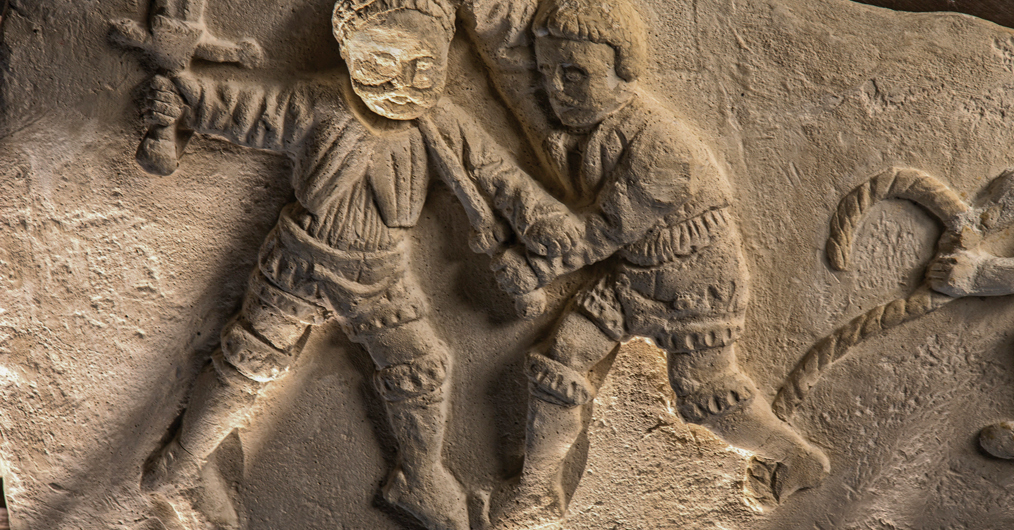DECEMBER 24, 25 THE CASTLE IS CLOSED | Wawel tickets official site: bilety.wawel.krakow.pl
The Lapidarium
Stone sculptures and architectural details.
This is a collection of stone sculptures and architectural details (over 2000) discovered during conservation works and archaeological research conducted on Wawel hill from the end of the 19th c. The largest section includes examples of Renaissance and Baroque stonework, Gothic details – fragments of rib vaults, keystones and parts of tracery decoration, mainly from archaeological research conducted in the area of the Gothic churches of St. George and St. Michael. The most valuable set consists of the elements of architectural decoration of the royal castle, primarily from the arcaded courtyard, which was damaged and later replaced by copies during restoration work conducted under Z. Hendel’s supervision in the years 1905-1914. These are primarily fragments of Renaissance capitols of courtyard columns, impost blocks, covered passageways, window frames and door lintels.
Wawel Bullock

A Romanesque sculpture, 10th or 11th century; carved in limestone. It was discovered while an area was being excavated in the northern part of the hill, amid the foundations of the Romanesque tower, situated near the ‘Hall of 24 Pillars’. It is the oldest relic of stone sculpture on display at the exhibitions: The Lost Wawel, Wawel Underground: The Lapidarium.
The Zator Altar

Workshop of Bartolommeo Berecci, first quarter of the 16th century. This artefact was sculpted from limestone from Pinczów, and it once stood 3 metres high. It originally adorned the Chapel of the Holy Trinity in Wawel Cathedral, whence it was transferred to a church in Zator during the 19th century, and after World War II it returned to Wawel. The frame of the central scene has been preserved, comprising a tympanum with a depiction of God the Father, a pair of columns and pilasters, as well as a frame decorated with elaborate motifs of candelabras and cherubs’ heads, a pair of column bases, and a foundation tablet.
LOG IN
REGISTRATION
